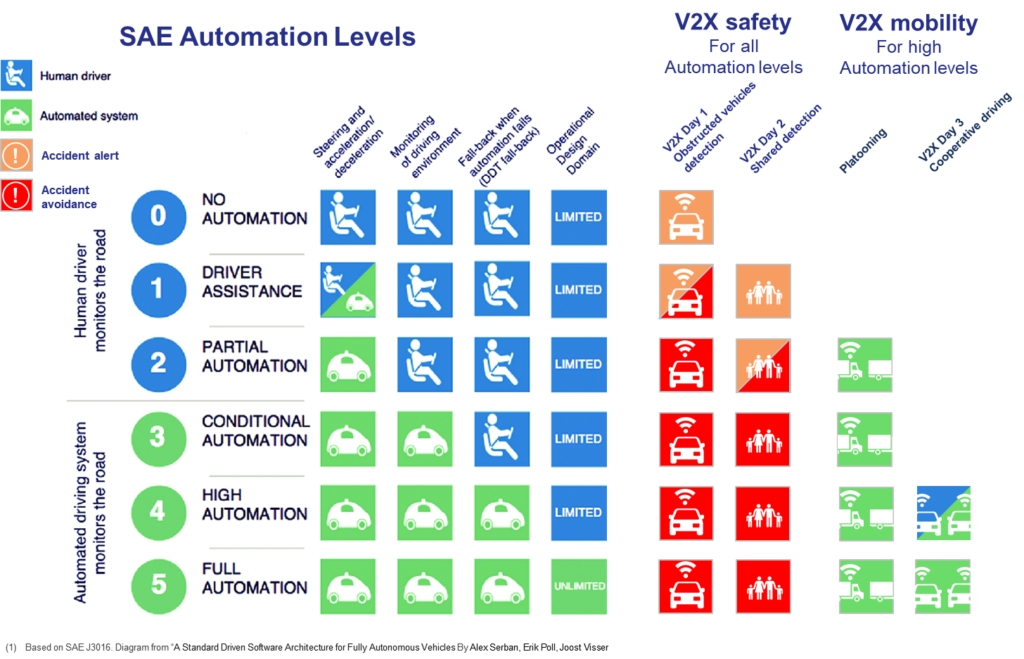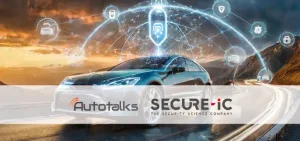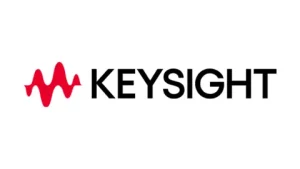By: Jeffrey Fefer, Autotalks’ Product Management Team Leader
Rivers of ink have been used to write about Autonomous Vehicles and the revolution they will bring to our lives. Indeed, we are all waiting in excited expectation for this revolution and the new possibilities it will bring.
Probably the single most important benefit of vehicle automation is the expected improvement in safety; the combination of advanced sensors and tireless, reliable computing will reduce the number of accidents and with them, save countless lives.
A major additional benefit is an increase in traffic efficiency with associated savings in energy costs and time spent in traffic. Speed harmonization between vehicles, as well as cooperative maneuvering (for instance when changing or merging lanes) Will greatly reduce road congestion.
But while we daydream about these wonderful days, reality is that mass implementation of fully Autonomous Vehicles keeps moving into the future. Roadmaps have been delayed time and time again for a number of technical, regulatory, and economic reasons. The public expects Autonomous Vehicles to be much safer than human drivers, and for this reason sensors should be more reliable and able to detect what human senses cannot.
We at Autotalks believe that most of the gains in safety and traffic efficiency can be achieved with partial automation and some even with no automation at all. V2X technology has an important role to play in attaining this goal.
The well recognized SAE standard J3016 delivers a harmonized classification system in which six levels of automation are defined, from “no automation” to “full automation”. V2X is relevant for each of these levels, and can contribute to gradually enhance safety and mobility starting today, and every step of the way in the near and further future.

Most vehicles on the road today have no automation (this is SAE automation level 0). The driver is responsible for all maneuvers and monitoring of his environment. V2X is a very effective way to provide drivers with information about on-road hazards which they otherwise would be unable to see. By warning about vehicles which are out of sight (for example obstructed by other vehicles, or just around the corner) V2X can considerably help drivers avoid accidents. These basic use cases giving alerts of on-road dangers are known as V2X day 1 applications, and they allow drivers to expect the unexpected.
But actually, we are already beyond this point. Many new vehicles belong to SAE automation level 1, in which driver assistance systems can influence vehicle dynamics when needed (e.g. emergency braking and lane assist), while drivers still do most of the driving and must keep their eyes on the road. These systems use sensors such as cameras or radars to detect hazards such as other vehicles or pedestrians. With such automated vehicles, V2X also provides an advantage as it gives information about objects which other sensors cannot detect. Therefore, V2X has the unique ability to provide early deceleration or breaking. This is an important contribution to level 1 capabilities.
In addition, V2X allows sharing detected objects between vehicles. For example, a vehicle which detects pedestrians using a camera can transmit this information to a second vehicle which may lack line of sight to the pedestrians. Use-cases like this are known as V2X day 2 applications, and they have tremendous value in improving safety.
As we rise through the ladder of automation levels, the role of V2X increases in importance. For example, V2X-enabled platooning increases fuel efficiency for truck fleets and coordinated maneuvering (for example, smooth merging of city traffic onto a fast road) reduces traffic in cities and highways. These are known as V2X day 3 applications, and they are great enablers for the highest levels of vehicle automation.
The drivers and pedestrians of today deserve protection of their lives and resources as much as the drivers of tomorrow. Investing in V2X now not only saves lives but helps lay down the foundations for the advanced capabilities of the future.






